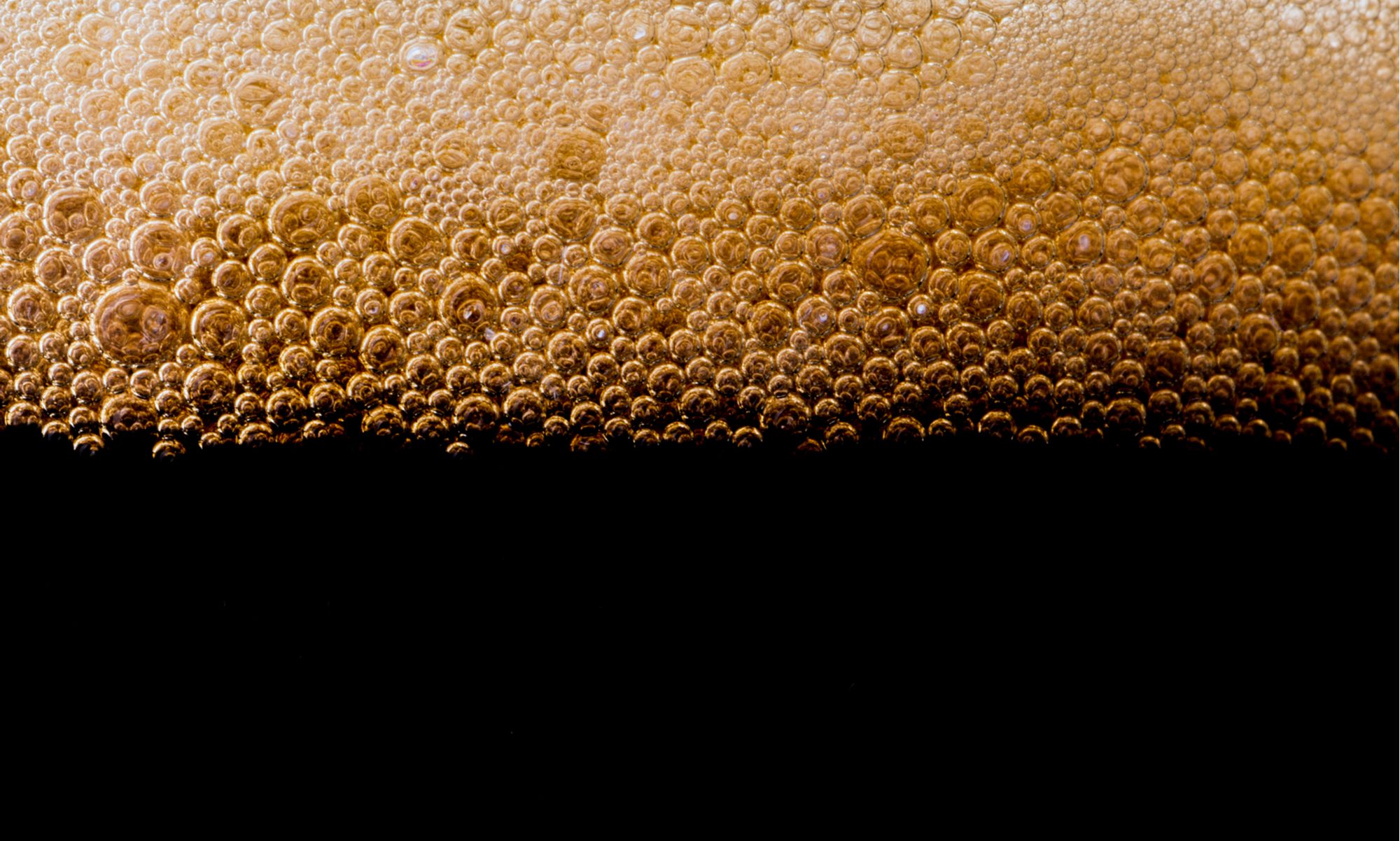Sword Master Masaki Yamakoshi(山越正樹) is 20th grand master of Musō Jikiden Eishin-ryū Yamauchi Style (無双直伝英信流山内派). He started practicing Iaido (居合道, the art of the sword fighting) at the age of 17. Since then, he has gained over 46 years of experience. After squiring the master degree of the sword style, he still pursues the truth of real sword fighting, which, he had succeeded from his teacher. Because he has learned directly from the previous successor of this traditional sword fighting style, his skills and technique are true to it’s origin. He constantly teaches and practices to make his sword skill better and more practical. “The sword fighting is a form of art and it has to be beautiful.” says he.
Muso Jikiden Eishin-ryu is one of the two major sword styles today in Japan. It was found by Jinsuke Hayashizaki Minamoto No Shigenobu (1548 – 1621) and mainly succeeded by Tosa domain’s people (Current Kochi prefecture). The students of Toyotake Yamauchi (山内豊建), the 18th grand master, are called Yamauchi style, and Yamakoshi-sensei is one of them.
Yamakoshi-sensei’s teaching style is based on the traditional way of
Musō Jikiden Eishin-ryū, which starts from teaching Kata – the forms. Then, he teaches the secrets and the logic of applying all the Kata to make them real and practical in student’s mind.
“Yamauchi style is not teaching how to use a sword as a killing weapon, but how to use a sword to survive from a sword fight.” says Mr. Yamakoshi. The most important principal of his sword fighting instruction is how to survive.
Yukitomo Jiro, the 21st successor, performing a demonstration on December 15th, 2018
History
Muso Jikiden Eishin-ryu (無双直伝英信流) is a classic sword art and one of the most widely practiced schools of Iaido in the world. It was founded by Jinsuke Hayashizaki, but, the name was taken after Eishin Hasegawa (長谷川英信).
Hayashizaki Jinsuke Minamoto no Shigenobu (林崎甚助源重信) lived in 1546 to 1621². Similarly to other famous sword masters of Japan, many of the historical details of Hayashizaki’s life are unclear. It seems that he grew up during a time of constant warfare and was exposed to various sword-fighting methods from an early age. It is said, Hayashizaki’s father was killed and he began his training to avenge his death. He went to the Hayashizaki Meijin shrine to pray for guidance and received a divine inspiration for a new technique of drawing the sword and attacking in a single movement. According to the legend, he eventually defeated his father’s killer.
The seventh generation sōke, the head of the family of Hayashizaki’s school, Hasegawa Chikaranosuke Hidenobu Eishin (長谷川主税助英信), was one of its most prominent headmasters. He had a major influence on the school. In particular, he adapted techniques originally developed for the longer Tachi to use with the contemporary sword. He also devised many new techniques, some of which now form the Tatehiza-no-bu set of the Kata forms. Hasegawa’s influence and adaptation led to the style being named Hasegawa Eishin-ryū. It was also referred to as Hasegawa-ryū or simply Eishin-ryū. Some, regard Hasegawa as the primary founder of Eishin-ryū, which, would make him the first generation sōke rather than the seventh, and make Shinmei Musō-ryū a parent school of Musō Jikiden Eishin-ryū.
Toyotake Yamauchi
Toyotake Yamauchi (山内豊健) was the 18th grand master of Muso Jikiden Eishin-ryu, and his style is called Yamauchi-style. He lived from 1903 to 1946 and learned Yagushinkage-ryu (柳生新陰流) and because Yamauchi family were the landlords of the Tosa domain, he had also learned Muso Jikiden Eishin-ryu. He was one of the greatest sword masters of the 20th century.
Lineage of Musō Jikiden Eishin-ryū
Eishin-ryū uses a system of indiscriminate transmission of knowledge (完全相傳), allowing anyone in possession of a full-transmission scroll to award licenses to any number of his students. Therefore it is possible that there were multiple but unlisted holders of the license of total transmission, menkyo kaiden (免許皆伝), known in Eishin-ryū as Kongen no Maki (根元之巻), in any generation. Another reason was the 17th grand master, Ōe Masaji, 1852–1927², who’s had a more open and inclusive approach to teaching Eishin-ryū. Because of this, the lineages of groups currently practicing the art are fairly diverse and complex¹.
Notes:
1. This article is mainly based on post from Tanna, Mark, Facebook page, post of June 21, 2015, viewed on December 17th, 2018. https://goo.gl/pdj5XL
2. Musō Jikiden Eishin-ryū, Wikipedia, The Free Encyclopedia,
Last edited on 30 October, 2018, viewed on December 17th 2018. https://en.wikipedia.org/wiki/Mus%C5%8D_Jikiden_Eishin-ry%C5%AB

